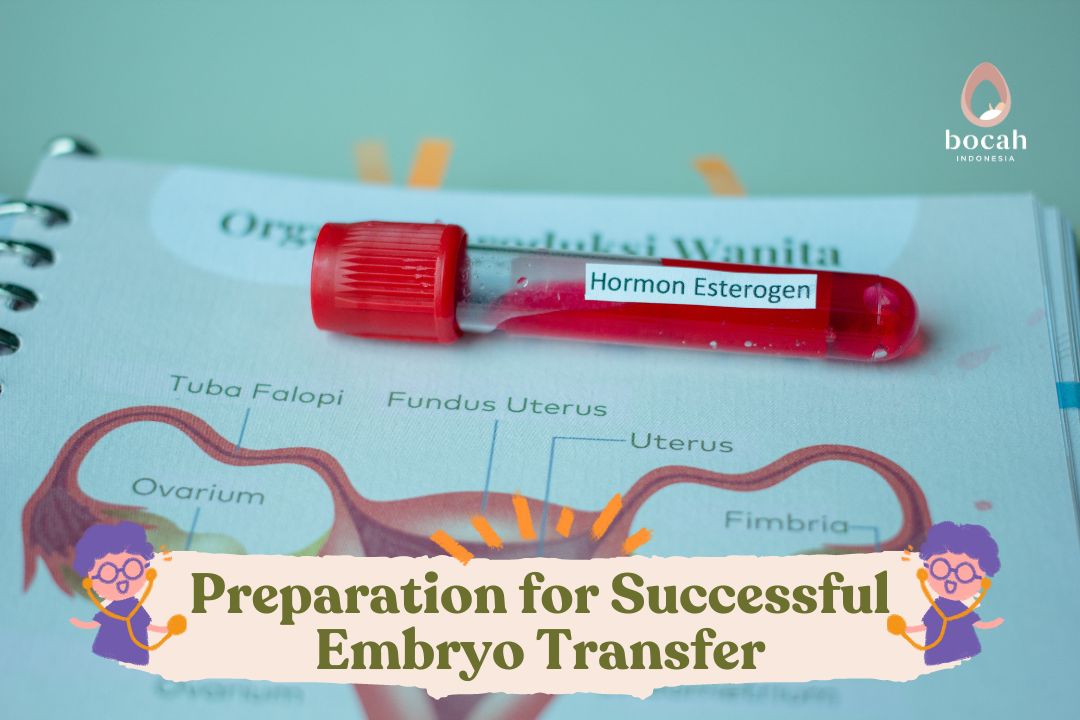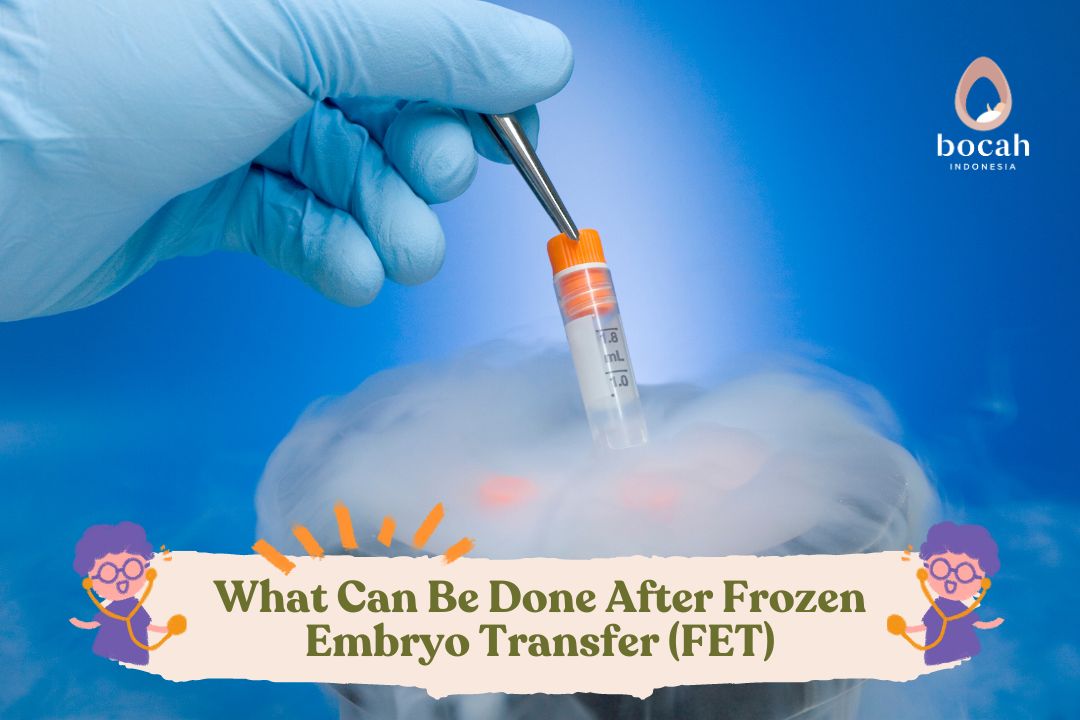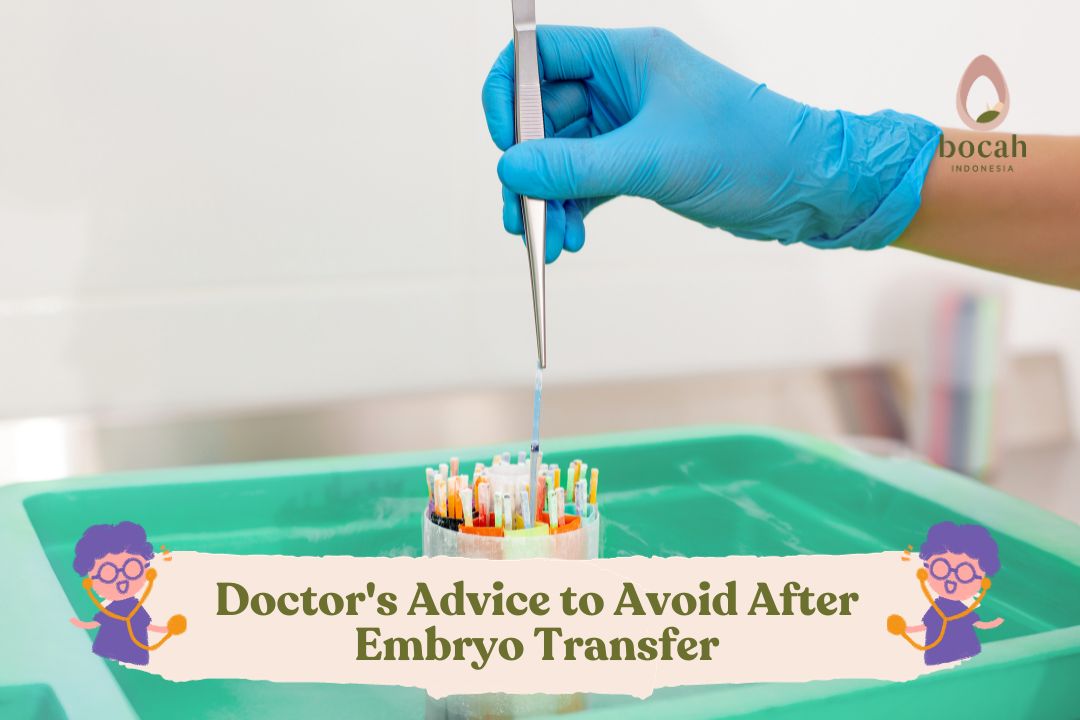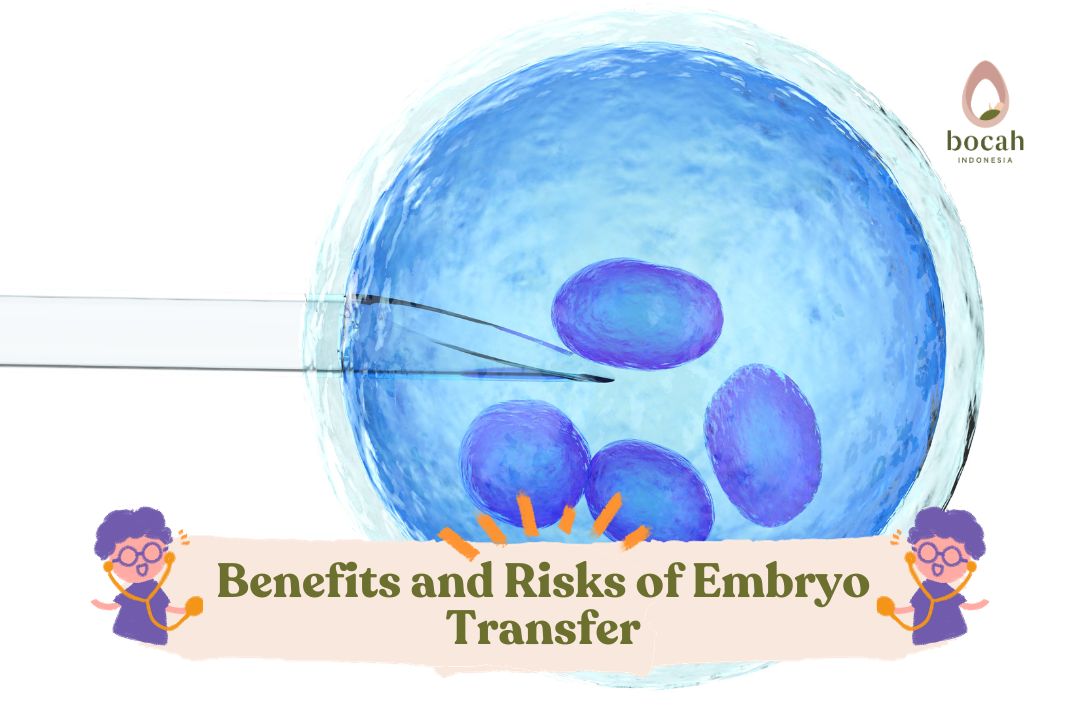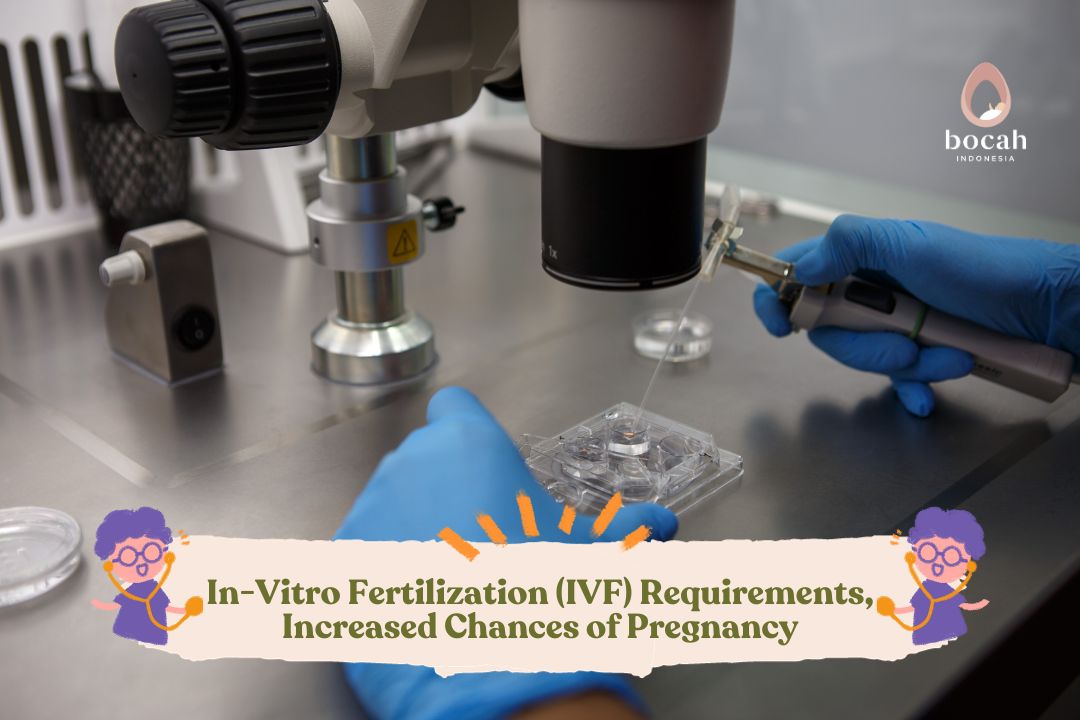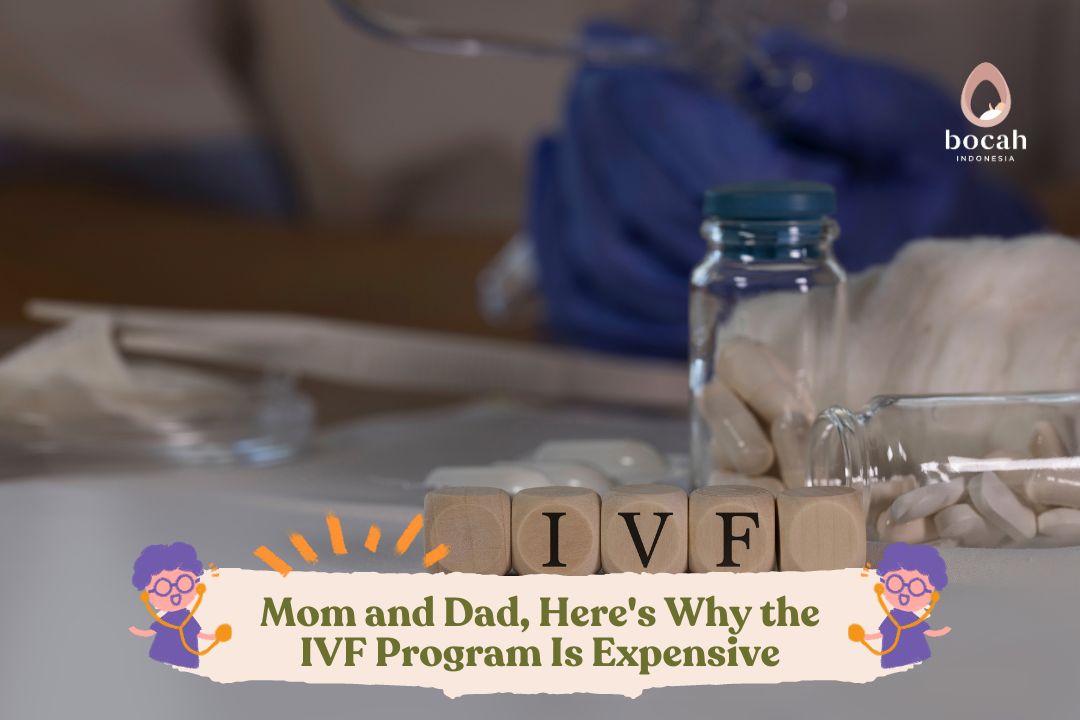Want a Fresh Embryo Transfer? Here Are 6 Requirements You Need to Know
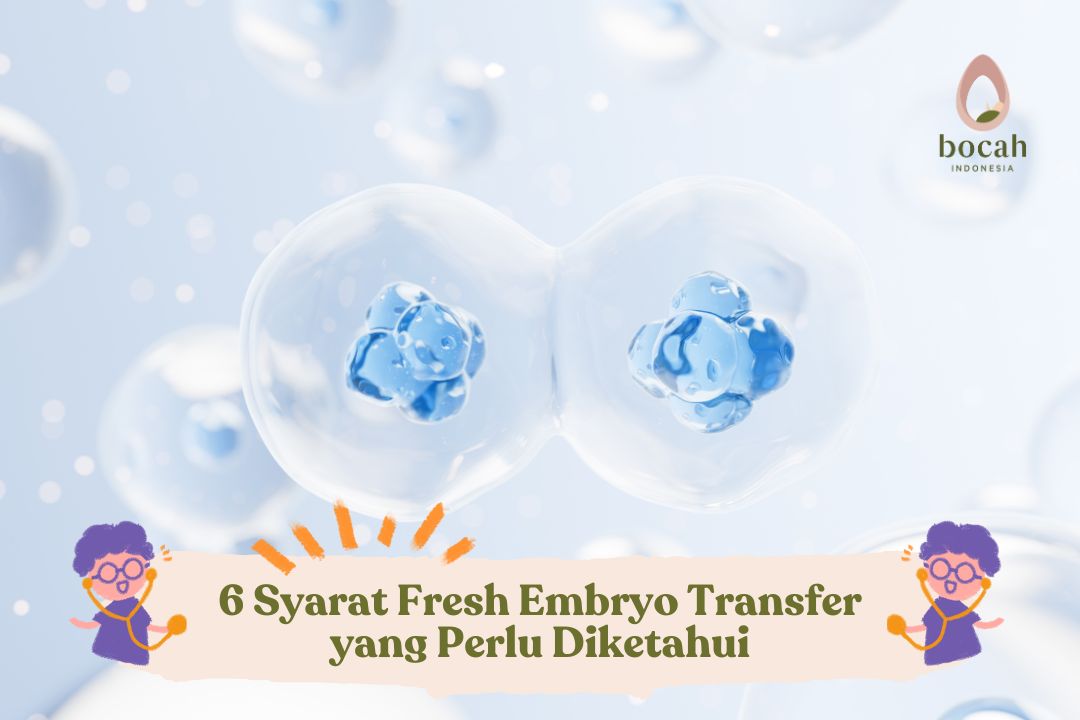
Before undergoing the fresh embryo transfer procedure, there are several requirements that must be met.
For couples facing infertility issues, in vitro fertilization (IVF) is one option that can help achieve pregnancy. IVF is a process where fertilization occurs outside the body, in which an egg and sperm are combined in a laboratory.
The fertilization results from the egg and sperm will develop into an embryo. Once the embryo’s development has been monitored, it will be transferred back into the mother’s uterus.
IVF is a type of assisted reproductive technology that involves a complex and lengthy procedure. One of the stages in the IVF process is embryo transfer. This procedure involves placing the embryo into the mother’s uterus.
Requirements for Fresh Embryo Transfer You Need to Know
The embryo transfer process can be divided into two types: fresh embryo transfer and frozen embryo transfer. Although both involve transferring an embryo, they differ in certain aspects. Fresh embryo transfer involves transferring an embryo that has never been frozen into the uterus, whereas frozen embryo transfer involves transferring an embryo that has been previously frozen.
Tanya Mincah tentang Promil?
Before undergoing a fresh embryo transfer, the following requirements must be met:
1. Endometrial Thickness
Before deciding to undergo a fresh embryo transfer, your doctor will conduct several examinations, one of which is to check the thickness of the endometrium. The innermost layer of the uterine wall must have an ideal thickness of at least 7-8 mm to allow the embryo to implant in the uterine lining (endometrium).
A thick uterine lining provides a perfect place for the embryo to attach. A thin uterine lining can lead to implantation failure, where the embryo cannot properly attach to the uterine wall.
If the condition of the uterine lining is not optimal, the doctor may not recommend a fresh embryo transfer and may instead suggest a frozen embryo transfer. This allows for better preparation of the uterine lining.
2. Endometrial Blood Flow
Blood flow in the uterus can affect blood flow within the uterine lining. According to a study by Miwa, women with a thin endometrium experience much higher uterine blood vessel resistance compared to women with a thicker endometrium.
3. Blood Pressure to the Endometrium
Before undergoing the fresh embryo transfer procedure, blood pressure to the endometrium must meet certain criteria, which means it should be normal for the embryo transfer procedure to be carried out.
4. Number of Stimulations
It is essential to know the number of stimulations that have been performed during the IVF cycle. The number of stimulations may affect whether you can undergo a fresh embryo transfer or not.
5. Progesterone Levels at Trigger
The hormone progesterone plays a crucial role in preparing the uterine lining, or endometrium. This hormone is essential in ensuring that the endometrium is ready to accept and support a pregnancy if it occurs. Progesterone levels will continue to increase for 8-10 weeks to ensure the embryo develops healthily after the embryo transfer procedure.
6. Progesterone Levels per Follicle
Monitoring progesterone levels per follicle is important to achieve the ideal size. While there are several requirements for a fresh embryo transfer, it is not necessary to meet all of them. However, not meeting the requirements may affect the outcome. Therefore, before deciding to undergo a fresh embryo transfer, it is best to consult with your doctor to assess your condition.
Source:
- Cox, E., Takov, V. (Updated 2023). Embryology, Ovarian Follicle Development. NCBI Bookshelf.
- Kang, O. (2017). Follicular monitoring. Radiopaedia.
- Ovaterra. Embryo Implantation: What Affects Implantation?
- Choe, J., Shanks, AL. (Updated 2023). In Vitro Fertilization.
- When Should You Consult an Obstetrician-Gynecologist? - 04/07/2025
- 4 Herbal Medicine to Improve Male Fertility - 01/07/2025
- 7 Signs of PCOS Every Woman Should Know - 30/06/2025


